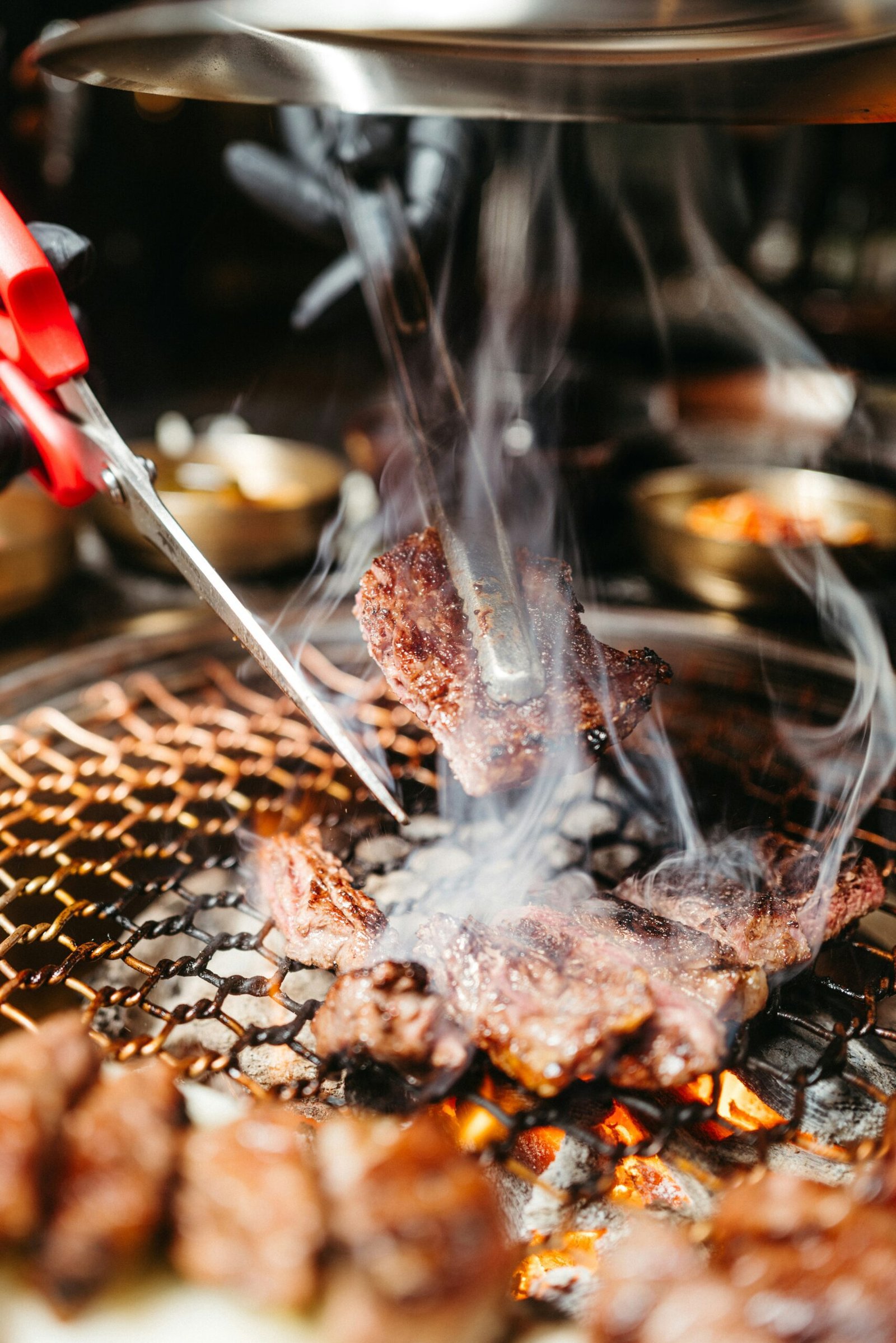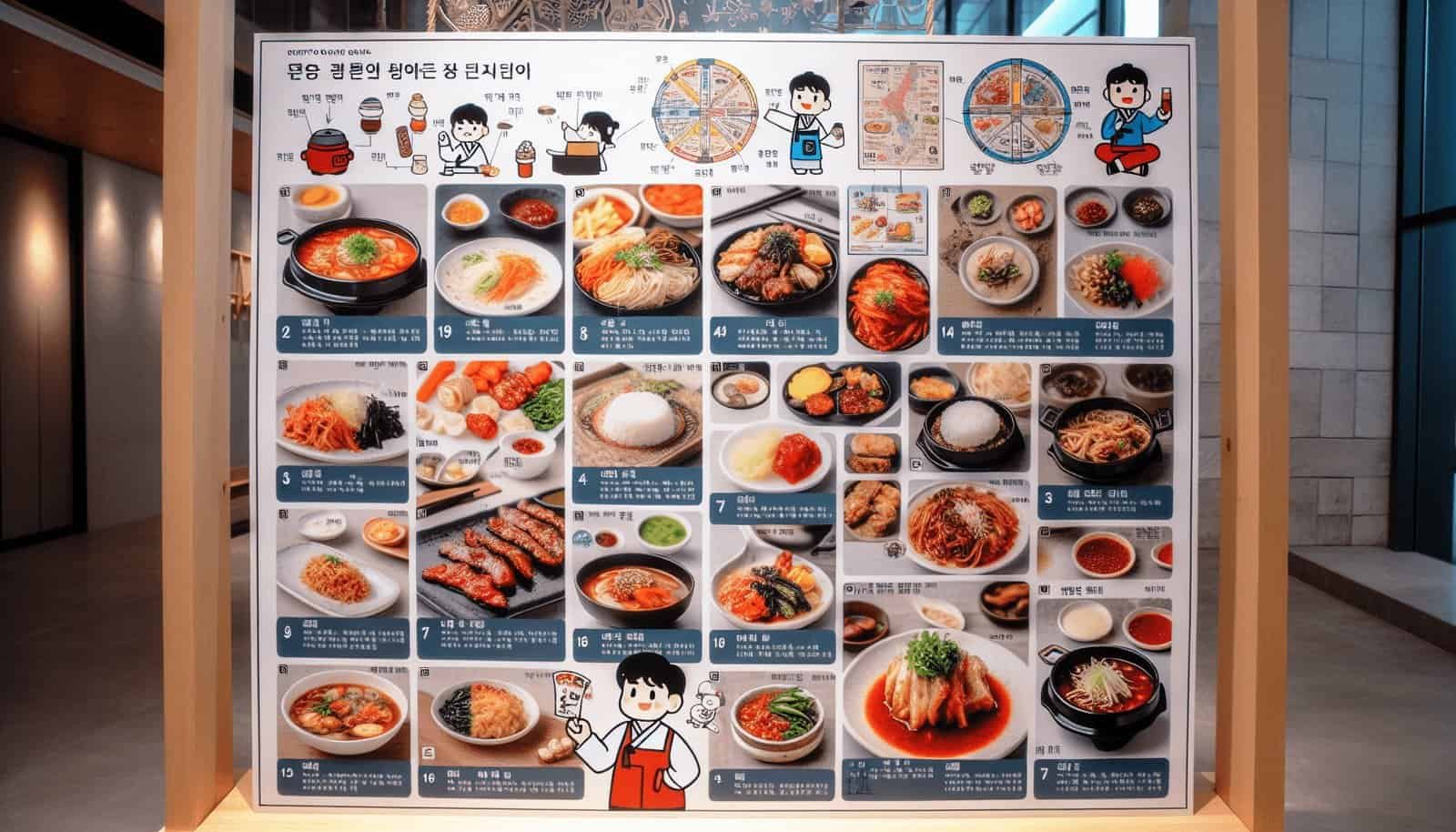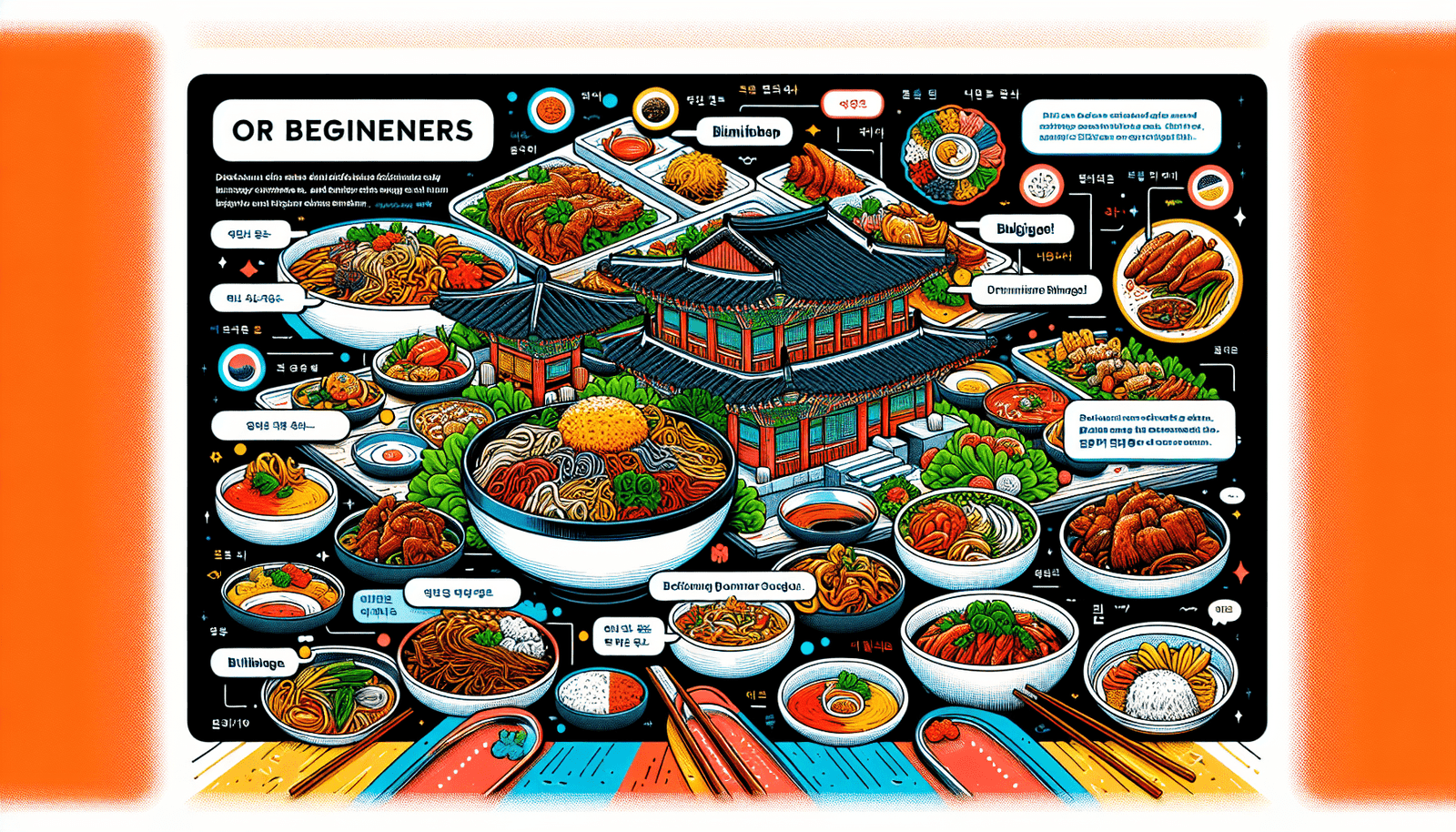If you’ve recently developed a hankering for the flavors of Korea but find yourself unsure of where to start, fear not! This article aims to guide you through the culinary wonders of Korean cuisine by suggesting some must-try dishes for those eager to embark on their delicious journey. From the fiery and savory goodness of bulgogi to the comforting delight of bibimbap, get ready to tantalize your taste buds and discover the diverse range of flavors that define this vibrant and popular cuisine.
Bibimbap
A popular Korean rice dish
Made with various vegetables, meat, and a fried egg
Mixed together with Korean chili paste
Bibimbap is a must-try dish for anyone new to Korean cuisine. This popular rice dish is a perfect representation of Korean flavors and textures. Its name literally means “mixed rice,” and that’s exactly what it is – a colorful mix of vegetables, meat, and a fried egg, all served on top of a bed of rice. The vegetables used in Bibimbap can vary, but commonly include carrots, spinach, bean sprouts, mushrooms, and zucchini. The meat component can be beef, pork, or chicken, and it is usually marinated in a savory sauce. To bring all the flavors together, Bibimbap is served with a dollop of Korean chili paste, which adds a spicy kick to the dish. The combination of the fresh vegetables, tender meat, and the richness of the egg and chili paste creates a truly delicious and satisfying meal.
Kimchi
Traditional Korean fermented side dish
Made with cabbage and radishes
Has a spicy and sour flavor
No journey into Korean cuisine is complete without trying kimchi. Kimchi is a staple in Korean households and is often served as a side dish with nearly every meal. It is a traditional fermented dish made primarily with cabbage and radishes, soaked in a brine of salt, chili powder, garlic, ginger, and other seasonings. The fermentation process gives kimchi its distinct tangy and sour taste. The addition of Korean chili powder provides a spicy kick that adds depth to the flavor profile. Kimchi is not only tasty but also incredibly healthy, as the fermentation process creates beneficial probiotics. Whether you enjoy it on its own, as a side dish, or incorporated into other dishes, kimchi is a flavor-packed element of Korean cuisine that you don’t want to miss.

Bulgogi
Marinated and grilled beef dish
Made with thinly sliced beef
Served with rice and lettuce wraps
Bulgogi is a mouthwatering Korean dish that features marinated and grilled beef. The name “bulgogi” translates to “fire meat,” which reflects the traditional way of cooking this dish – over an open flame. Thinly sliced beef is marinated in a flavorful mixture of soy sauce, garlic, sugar, sesame oil, and other ingredients before being grilled to perfection. The marinade infuses the beef with a lovely blend of savory, sweet, and slightly smoky flavors. Bulgogi is typically served with a side of steamed rice and lettuce leaves. The lettuce leaves are used to wrap the grilled beef, along with rice and various accompaniments like kimchi or pickled vegetables. The combination of tender beef, fragrant marinade, and crisp lettuce wraps make bulgogi a must-try dish that will delight your taste buds.
Japchae
Stir-fried glass noodles
Made with various vegetables and meat
Flavored with soy sauce and sesame oil
Japchae is a popular Korean dish that features stir-fried glass noodles. Made with sweet potato starch noodles, japchae is a flavorful and satisfying dish that is loved by many. The noodles are stir-fried with an assortment of vegetables, such as bell peppers, carrots, spinach, and mushrooms. Meat, such as beef or pork, is often added for added flavor and protein. The dish is seasoned with soy sauce, sesame oil, garlic, and a touch of sugar, resulting in a harmonious balance of savory and slightly sweet flavors. Japchae is not only delicious but also visually appealing, with its vibrant colors and glossy appearance. Whether you’re a vegetarian or a meat lover, japchae is a versatile dish that can be enjoyed on its own or as a side dish.

Tteokbokki
Spicy stir-fried rice cakes
Cooked in a sweet and spicy sauce
Often served as a street food snack
If you’re looking to try a unique and delicious Korean street food snack, tteokbokki is the answer. Tteokbokki consists of chewy rice cakes that are stir-fried in a delectable sauce made from a combination of gochujang (Korean chili paste), soy sauce, sugar, and other ingredients. The dish is known for its fiery spiciness, but it also has a slightly sweet undertone that balances out the heat. The texture of the rice cakes, which are soft yet slightly chewy, adds a delightful contrast to the sauce. Tteokbokki is often garnished with sliced green onions and sesame seeds, adding freshness and nuttiness to the dish. Whether you enjoy it as a snack or a main course, tteokbokki is a flavorful and satisfying dish that will give you a taste of Korean street food culture.
Galbi
Korean-style grilled short ribs
Marinated in a sweet and savory sauce
Best enjoyed grilled over an open flame
Galbi, also known as “Korean-style grilled short ribs,” is a dish that showcases the rich and savory flavors of Korean cuisine. The dish features beef short ribs that are marinated in a sweet and savory sauce before being grilled to perfection. The marinade typically includes soy sauce, garlic, ginger, sugar, and sesame oil, which infuses the meat with a delightful blend of flavors. The key to enjoying galbi is grilling it over an open flame, which enhances the smoky and caramelized notes of the marinade. The result is tender, flavorful meat that is packed with umami. Galbi is often served with a side of steamed rice, kimchi, and other banchan (Korean side dishes). Whether you’re grilling it at home or enjoying it at a Korean barbecue restaurant, galbi is a must-try dish that will leave you craving for more.

Samgyeopsal
Grilled pork belly
Often enjoyed as a barbecue dish
Served with lettuce wraps and dipping sauces
Samgyeopsal is a popular Korean dish that features grilled pork belly. This dish is a favorite among Korean barbecue enthusiasts and is often enjoyed as an interactive and social meal. Thin slices of pork belly are grilled to perfection, resulting in juicy and flavorful meat that is slightly crispy on the edges. Samgyeopsal is traditionally enjoyed by wrapping the grilled pork belly in fresh lettuce leaves, along with garlic cloves, kimchi, and other condiments. This allows you to personalize each bite according to your preferences. The dish is often accompanied by a variety of dipping sauces, such as ssamjang (a savory bean paste), spicy gochujang, and soy sauce. The combination of the tender and savory pork belly, crunchy lettuce, and vibrant condiments makes samgyeopsal a delightful and fun dining experience.
Haemul Pajeon
Korean seafood pancake
Made with various seafood and green onions
Served with dipping sauce
Haemul Pajeon is a delicious Korean pancake that features an abundance of seafood and green onions. The pancake batter is made with a mixture of flour, eggs, and water, creating a light and crispy texture. Various seafood, such as shrimp, squid, and clams, are added to the batter along with green onions, giving the pancake a flavorful and aromatic profile. Haemul Pajeon is pan-fried until golden brown and crispy on the outside, while the inside remains moist and filled with the delightful combination of seafood and green onions. It is typically served with a savory dipping sauce made from soy sauce, vinegar, sesame oil, and other ingredients. Haemul Pajeon is a popular dish to enjoy as an appetizer or a main course, and it is perfect for sharing with friends and family.

Jjajangmyeon
Korean-style black bean noodles
Made with thick noodles and a black bean sauce
Topped with various vegetables and meat
Jjajangmyeon is a classic Korean dish that features thick noodles smothered in a rich and savory black bean sauce. The dish originated from Chinese cuisine but has become a beloved staple in Korean cuisine. The black bean sauce is made from fermented black beans, onions, garlic, and other seasonings. It has a deep, umami-packed flavor that is both savory and slightly sweet. The thick noodles used in jjajangmyeon are chewy and provide a satisfying texture when combined with the thick sauce. The dish is often topped with various vegetables such as onions, zucchini, and potatoes, as well as meat such as pork or seafood, adding additional layers of flavor and texture. Jjajangmyeon is a comforting and hearty dish that is perfect for a quick meal or a cozy dinner at home.
Kimbap
Korean-style sushi rolls
Made with rice, vegetables, and meat
Wrapped in seaweed
Kimbap, often referred to as Korean-style sushi rolls, is a versatile and delicious dish that is packed with flavors and textures. The rolls are made by spreading seasoned rice on a sheet of seaweed and topping it with various ingredients such as vegetables, meat, and pickled radish. The fillings can vary, but common options include carrots, cucumbers, spinach, egg, and ham. The ingredients are then carefully rolled and sliced into bite-sized pieces, with the seaweed acting as a flavorful wrapper. Kimbap is often enjoyed as a quick and convenient snack or meal. It is portable, making it a popular choice for picnics or on-the-go eating. The combination of the fresh and vibrant ingredients with the chewy rice and the umami-rich seaweed makes kimbap a delightful treat for anyone exploring Korean cuisine.

